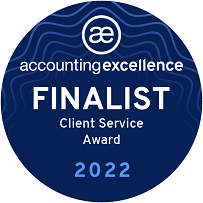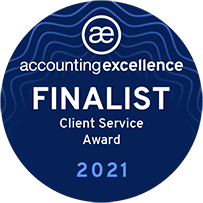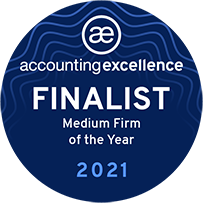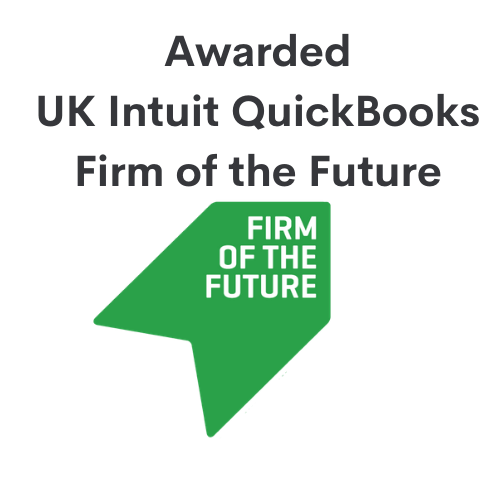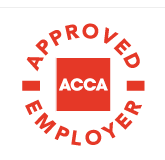Rollover relief
Replacement of business asset relief
Rollover relief (ROR) allows the gain arising on the disposal of a qualifying business asset to be rolled over (i.e deferred) when the sale proceeds are reinvested in a qualifying replacement asset within a qualifying time period.
This relief is both available to individuals and companies.
For individuals
The relief:
- The gain arising on the disposal of the qualifying business asset is deducted from (rolled over against) the purchase cost of the replacement asset.
- Provided the net sale proceeds are fully re-invested, no tax is payable at the time of the disposal.
- ROR effectively increases the gain arising on the disposal of the replacement asset, as its base cost is reduced by the amount of gain rolled over.
- Gains may be ‘rolled over’ a number of times such that tax liability will only arise when there is disposal without replacement.
- When the deferred gain crystallises, it’s taxed at that time (not the rate applicable at the time of the deferral).
- The relief is not automatic, it must be claimed.
- An individual must claim the relief within 4 years of the later of the end of the tax year in which the:
- Disposal is made, and
- Replacement asset is bought.
- Disposal in the tax year 2020/21, which is reinvested in a new asset in the tax year 2021/22, requires a claim by 5th April 2026.
Conditions:
Qualifying business assets:
- Goodwill
- Land and buildings
- Fixed plant and machinery (immovable)
Both the old and the replacement assets must be qualifying business assets.
Qualifying time-period:
The replacement assets must be purchased within a period:
- Beginning one year before, and
- Ending three years after the date of the sale of the old asset
Example:
Joe Bloggs purchased an asset qualifying for ROR in Jan 2002 for £160,000. In August 2020, he sold the asset for £180,000 and spent £200,000 in November 2020 on a new qualifying asset.
Gain on disposal of the asset:
| Sales proceeds | 180,000 |
| Less: Cost | (160,000) |
| Gain | 20,000 |
| Less: ROR (deferred gain) | (20,000) |
| Chargeable gain | 0 |
Base cost of new asset:
| Acquisition cost | 200,000 |
| Less: ROR (deferred gain) | (20,000) |
| Revised base cost | 180,000 |
For companies:
Rollover relief (ROR) for companies operates, in general, in the same way as for individuals, as summarised below:
- ROR allows a company to replace assets used in its trade, without incurring a corporation tax liability on the related chargeable gains.
- The gain arising on the disposal of the business asset is deducted from (rolled over against), the acquisition cost of the new asset.
- Provided the proceeds are fully re-invested, no tax is payable at the time of the disposal.
- Purchase of the replacement asset must occur during a period that begins one year before the sale of the old asset and ends three years after the sale.
- If re-invested in a depreciating asset (<60 years useful life), the chargeable gain is deferred until the earliest of:
- Disposal of the depreciating asset
- Depreciating the asset ceases to be used for trading purposes.
- 10 years after the depreciating asset was acquired.
Key differences:
- Goodwill is not a qualifying asset for companies
- The gain deferred is the ‘indexed gain’ (i.e the gain after IA).
- The claim must be made within four years of the later of the end of the accounting period in which the asset is
- Sold, and
- Replaced.
Please note there are different rules where the sales proceeds are not fully reinvested.
If you would like some more information on rollover relief, please give us a ring on 01273 441 187 or email info@peterjarman.com
Contact

You may also like…
What are self-assessment tax returns
Allowable business expenses
60% pensions relief
Capital gains tax update
Undeclared rental income
Taking a tax-efficient salary and dividends
